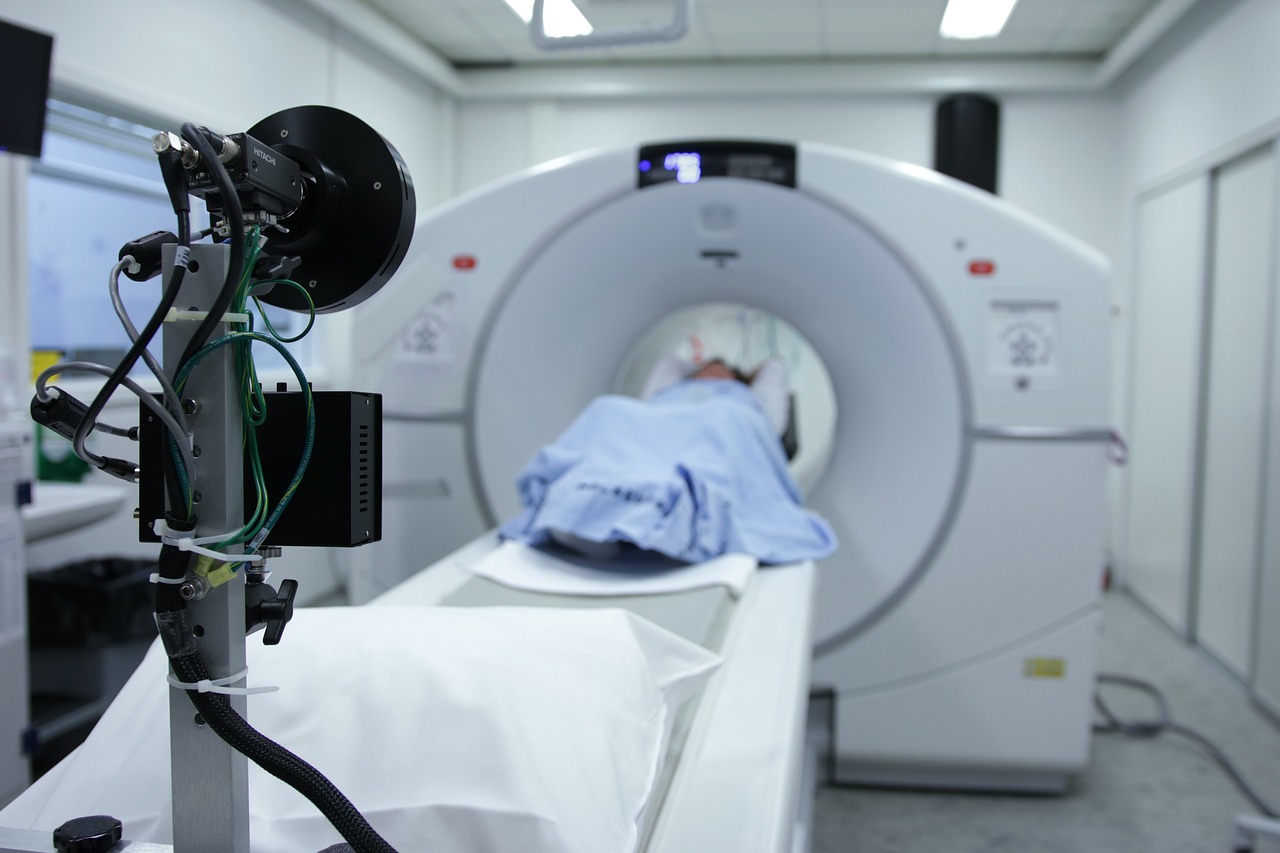



On 27 October, Ministry of Finance of the People¡¯s Republic of China and National Health Commission of the People¡¯s Republic of China issued a notice.
The notice pointed out that the funds are mainly used to support the configuration and upgrading of medical equipment in township health centers in the western region, which are far away from the county, serve a large population and must be upgraded in terms of diagnostic and treatment conditions.
From the document, the total amount of subsidy is CNY 456 million yuan, mainly for the 13 western provinces, including Inner Mongolia, Guangxi, Chongqing, Sichuan, Guizhou, Yunnan, Tibet, Shaanxi, Gansu, Qinghai, Ningxia and Xinjiang. The number of township health centers involved in the support is 228, and the amount of subsidy for each health center is CNY 2 million.
The funding will focus on the following areas:
1. Upgrading basic diagnostic and treatment capacity.
Supporting the configuration and upgrading of medical equipment in township health centers, including CT (electronic computed tomography), DR (direct digital radiography), color ultrasound, automatic biochemical analyzers and other medical equipment.
2. Enhancing emergency and first aid capacity
Supporting township health centers to equip them with pre-hospital and in-hospital first aid equipment, including defibrillators, electrocardiographic monitors, cardiopulmonary resuscitators, etc.
3. Enhancing the capacity of telemedicine.
Supporting township health centers to configure equipment related to telemedicine services, and promoting the development of teleconsultation, tele-examination, Internet follow-up and other services with higher-level hospitals.
China has continually given top priority to healthcare at the grassroots level.
On 12 January 2022, several departments jointly issued a notice. The notice pointed out that, by 2025, for counties with a resident population of more than 50,000, at least one county-level hospital would reach the medical service capacity of a Level 2 hospital and strive to reach the medical service capacity of a Level 2A hospital. For counties with a resident population of less than 50,000, one county-level hospital will strive to reach the medical service capacity of a Level 2 hospital. Poverty-stricken counties, as well as county medical care in the central and western regions, will inevitably further increase the capacity of emergency equipment and other basic equipment configuration.
On 20 May 2022, General Office of the State Council issued the 14th Five-Year Plan for National Health. The Plan mainly deploys tasks in seven areas, including accelerating the promotion of comprehensive healthcare reform in counties, promoting the construction of close-knit county medical communities, and promoting the development of specialist alliances and telemedicine collaborative networks.
According to Statistical Communiqu¨¦ of the People's Republic of China on the 2022 National Medical and Healthcare Development disclosed on 12 October, by the end of 2022, there were a total of 17,555 county-level (including county-level cities) hospitals, 34,000 township health centers and 588,000 village health centers, with a total of 1.35 billion consultations at county-level (including county-level cities) hospitals, 1.21 billion consultations at township health centers and 1.28 billion consultations at village health centers. There were 36,448 community health service centers (stations), with 690 million consultations at community health service centers and 140 million consultations at community health service stations nationwide.